We're in Melbourne and

EV Charger Installation Cost Guide Australia (2025)
Installing an EV charger at home is one of the best upgrades you can make if you own an electric vehicle. But the cost can vary widely depending on the type of charger, your home’s electrical setup, cable distance, switchboard condition, and Australian compliance requirements.
This guide breaks down every cost factor, typical installation prices, and what to expect when hiring a licensed electrician in Australia.
Use our EV charger cost calculator to get an instant estimate based on your home by clicking here

partnering with leading Ev brands you trust

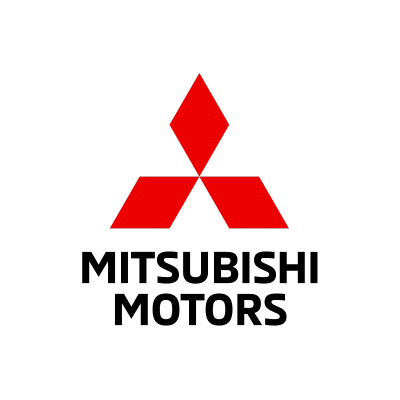
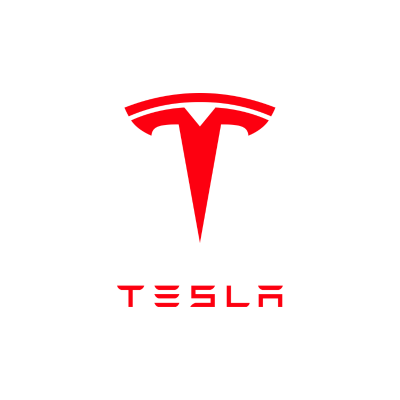

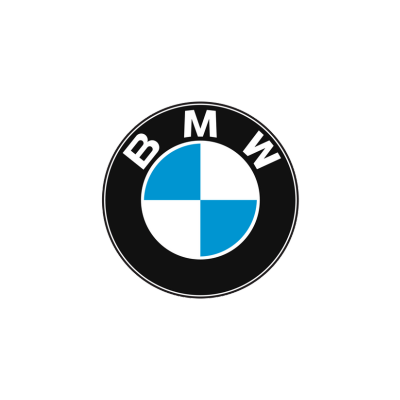

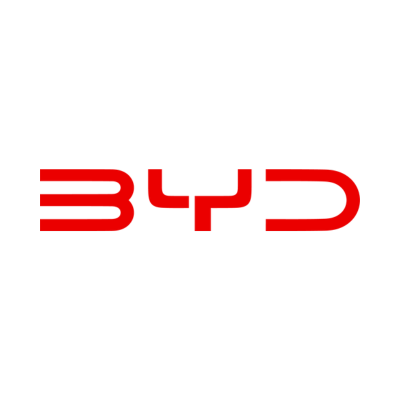

Charger Installation
The cost of installing an EV charger in Australia generally falls between $850 and $2,600, depending on your home’s layout and electrical setup.
A basic EV charger installation typically costs $850 to $1,200.
This would cover situations where the switchboard is close to the charger location, the wall is simple to drill, and the switchboard has room for a new safety device.
If your charger needs a longer cable run (for example, 10–20 metres through the roof or external wall), the price usually increases to around $1,200 to $1,800.
For homes that already have three-phase power, installing a 22kW three-phase EV charger usually costs $1,800 to $2,600, depending on distance, wall type, and the charger brand.
If your switchboard is older, full, or non-compliant, you may require a switchboard upgrade, which normally costs $1,500 to $2,500. Not all homes need this — but many older houses do.
Different charger brands also sit in different price ranges.
For example:
-
Tesla Wall Connector installs often range from $950 to $1,500
-
BYD, Wallbox, and Zappi chargers often sit between $900 and $1,600, depending on the model and mounting complexity
These prices usually include labour, cable, conduit, drilling, safety devices, testing, and the required compliance certificate.
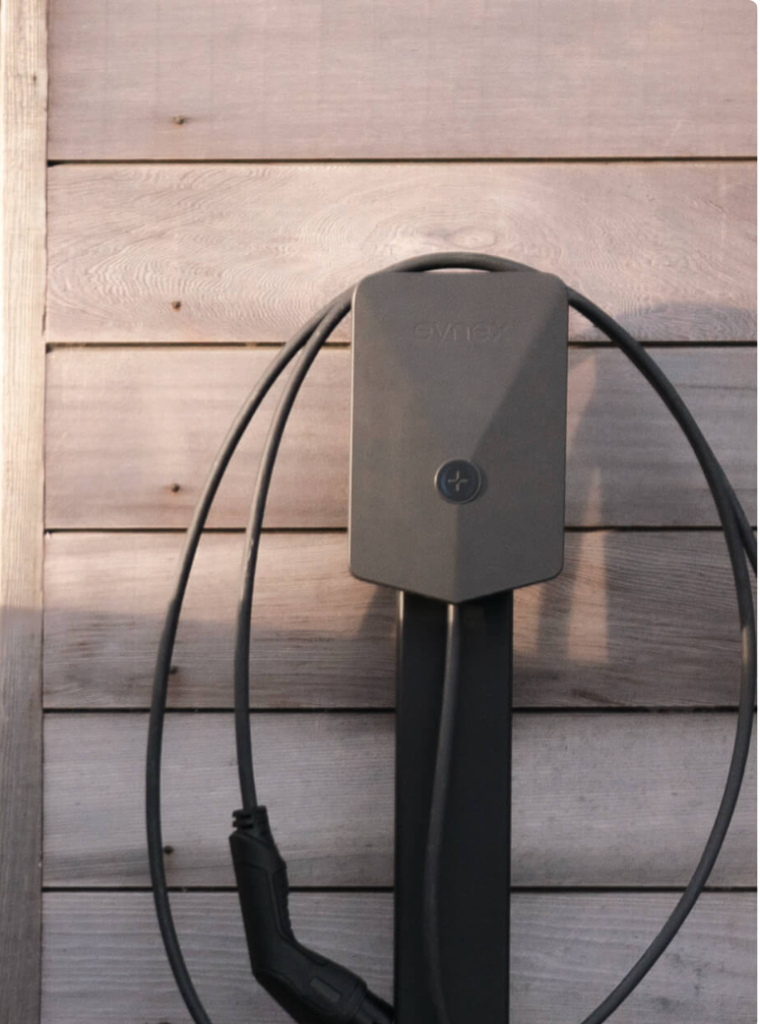
Factors That Affect EV Charger Installation Cost
1. Charger Type (Single-Phase vs Three-Phase)
Most Australian homes have single-phase power, which supports 7 kW chargers. These chargers are perfectly suitable for 95% of EV owners and are the cheapest to install.
Homes with three-phase power can support 22 kW chargers, which provide faster charging speeds. Three-phase installs cost more, and not every property has access to three-phase supply.
2. Cable Run Distance
The distance between your switchboard and your charger location has a big impact on price. Short cable runs cost less, while long runs require more labour, more cable, and often conduit or additional wall penetrations.
Short cable runs generally add little to the price, while longer runs (over 10 metres) can add several hundred dollars to the total installation cost.
3. Switchboard Condition and Space
Your switchboard must be able to safely support an EV charger. Many older switchboards are full, use outdated fuses, or do not have the required safety switches. In these cases, a switchboard upgrade may be required before installation can proceed.
Switchboard upgrades improve safety, ensure compliance with Australian electrical standards, and give your home enough capacity for a dedicated EV charger circuit.
4. Wall Material and Installation Complexity
Your wall type affects labour time. Brick and double-brick walls are harder and slower to drill through. Weatherboard and plaster walls are much easier. Mounting the charger in a garage is usually the fastest and simplest option.
Homes with external mounting, unusual cable paths, or limited switchboard access may require extra labour.
5. Charger Brand or Model
Some chargers take longer to install due to their size, mounting requirements, or wiring complexity. For example, Tesla, BYD, Zappi, and Wallbox chargers all have slightly different setup requirements, which can affect installation time and cost.
Do You Need Single-Phase or Three-Phase?
Most Australian homes have single-phase power, which supports 7 kW chargers and provides plenty of charging speed for overnight use.
You may need three-phase power if:
-
You want 22 kW fast charging
-
You have a large EV battery
-
You run multiple large appliances
-
You want the fastest possible charge time
Upgrading to three-phase power typically costs between $2,000 and $5,000, depending on your property and supply authority.
Do You Need a Switchboard Upgrade?
A switchboard upgrade is required if:
-
Your board uses old ceramic fuses
-
There is no available space
-
There are no safety switches (RCD/RCBO)
-
The board is not compliant with modern standards
-
Your home is older than the mid-1990s
Most switchboard upgrades cost between $1,500 and $2,500.
A compliant switchboard ensures your EV charger operates safely and meets Australian regulations.
.
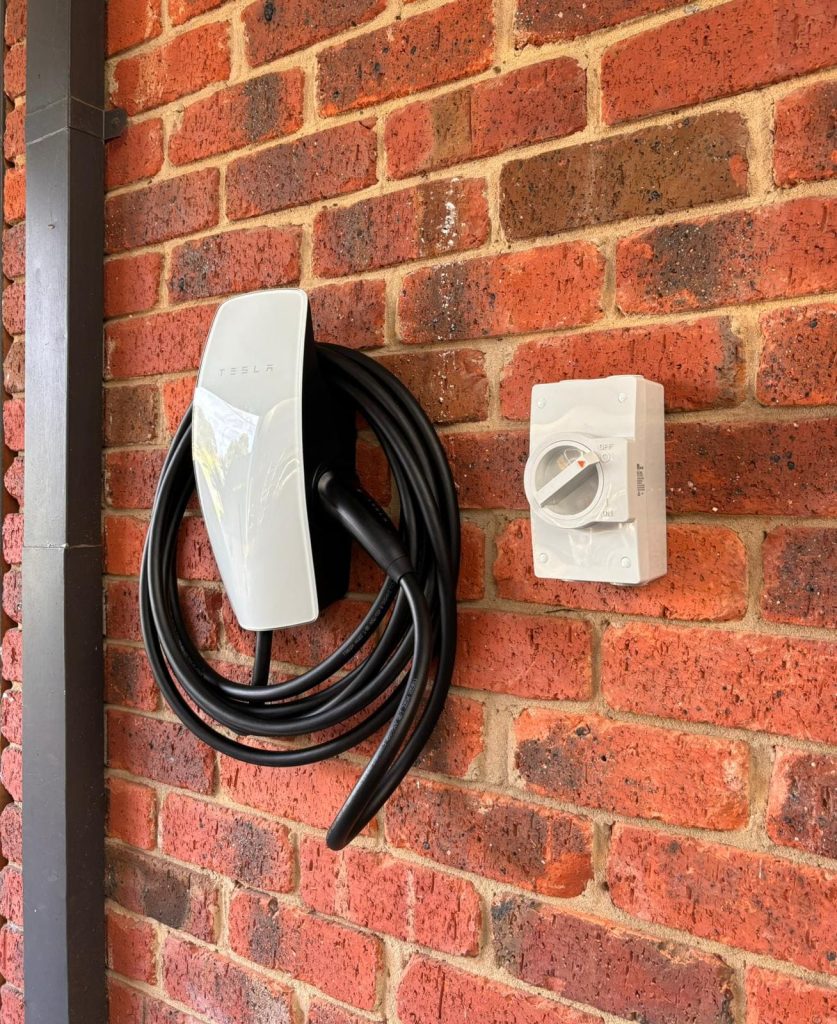
5 easy steps to your home EV charger installation
1. Get Started
Submit your details through our online form below.
2. Get a quote
We’ll need photos of your switchboard and where you’d like your charger. This helps us provide an tailored quote.
3. Book your install
After you accept our quote, we’ll contact you to schedule the installation on a day that suits you.
4. Installation Day
Our expert installer will connect and test your new EV charger and provide a certificate of electrical safety.
5. Ready, set, charge!
Power up your EV and enjoy the ride with your newly installed charger.
EV Charger Installation Process (Step-By-Step)
A standard EV charger installation usually follows this process:
-
Assessment
The electrician checks your switchboard, proposed charger location, cable route, and electrical capacity. -
Running the circuit
A dedicated circuit is run from your switchboard to the charger location. -
Mounting the charger
The charger or bracket is securely mounted to your wall. -
Testing and commissioning
Safety tests are conducted, the charger is configured, and load balancing is checked if required. -
Compliance certificate
You receive a certificate confirming the installation meets Australian standards.
Most installations take 1.5 to 3 hours.

Installation Examples
Example 1 — Basic Install ($950)
A Tesla Wall Connector installed in a garage with a short cable run. No switchboard upgrades required.
Example 2 — Long Cable Run ($1,400)
A BYD charger installed with a 15-metre cable run through a roof cavity and external conduit.
Example 3 — Three-Phase Install ($2,200)
A Wallbox 22 kW charger installed in a three-phase home with moderate cable distance and load balancing setup.
What’s Included in a Standard EV Charger Install
A typical installation includes:
-
Mounting the charger
-
Running cable from the switchboard
-
Installing a dedicated safety switch
-
Drilling through necessary walls
-
Installing conduit if required
-
Testing and setup
-
Compliance certificate
-
App setup for smart chargers
How to Improve Your Charging Speed at Home
If you want faster charging speeds, consider:
-
Upgrading to a three-phase supply
-
Installing a 22 kW charger
-
Choosing a charger with smart load balancing
-
Placing the charger closer to the switchboard to reduce voltage drop
-
Integrating your charger with solar power (Zappi is popular for this)
Installation Examples
Example 1 — Basic Install ($950)
A Tesla Wall Connector installed in a garage with a short cable run. No switchboard upgrades required.
Example 2 — Long Cable Run ($1,400)
A BYD charger installed with a 15-metre cable run through a roof cavity and external conduit.
Example 3 — Three-Phase Install ($2,200)
A Wallbox 22 kW charger installed in a three-phase home with moderate cable distance and load balancing setup.
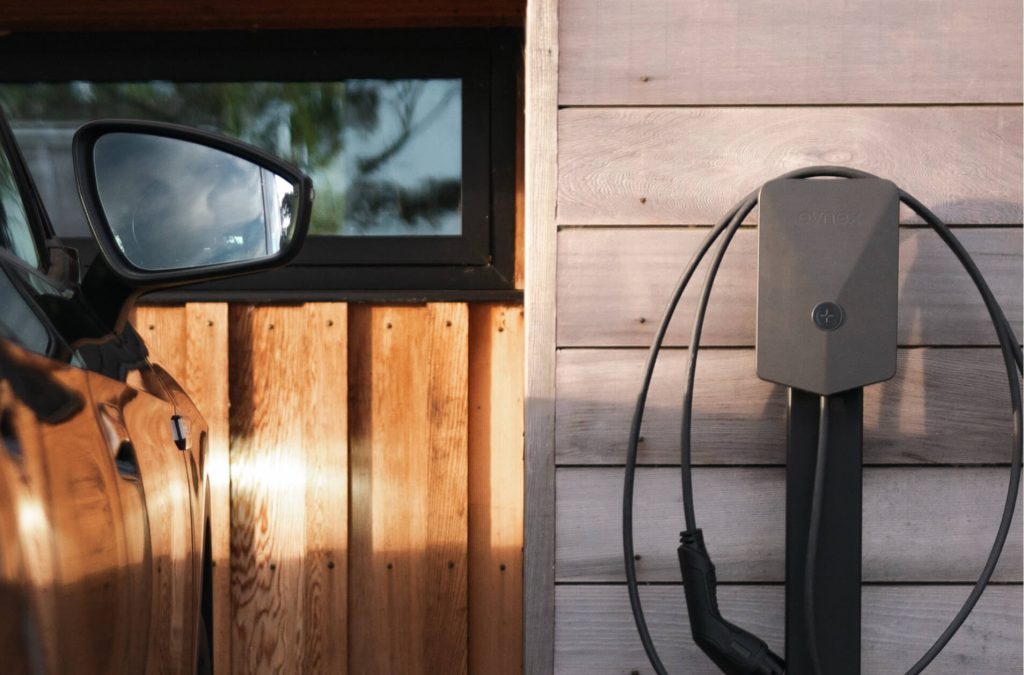
More EV Charger FAQs
Here are some additional common questions:
Do I need three-phase power for an EV charger?
Not necessarily. Most EV owners use a 7 kW single-phase charger, which is suitable for overnight charging.
How long does an installation take?
Most installations take between 1.5 and 3 hours.
Are EV chargers safe?
Yes, when installed by a licensed electrician. Your charger must be on a dedicated circuit with a safety switch.
Can I install an EV charger myself?
No. EV charger installation must be done by a licensed electrician in Australia.
Do all EVs use the same connector?
Most EVs in Australia use Type 2 connectors.
Ready to see your actual price? Use our 30-second EV charger cost calculator.
